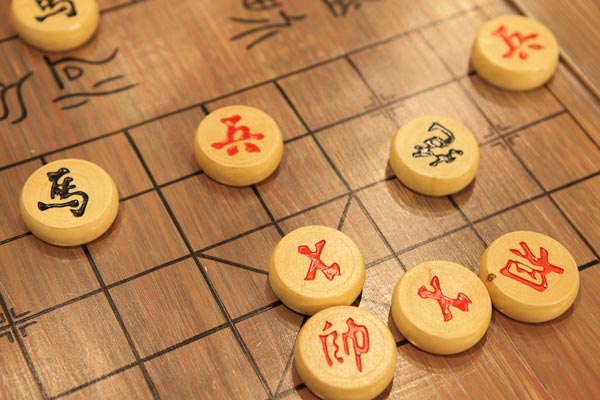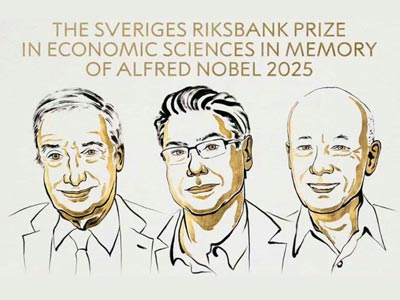Miao silver forging technique, a local folk traditional handicraft in Fenghuang County, Hunan Province and Leishan County, Guizhou Province, China, is one of China's national intangible cultural heritage.
The Miao silver forging technique uses silver as raw material. The style and structure of the silver jewelry have been carefully designed by the craftsman. There are 30 processes from drawing to carving and production, including casting, blowing, forging, welding, braiding, inlaying, scrubbing and polishing.

Historical Origin
The use of silver jewelry in Chinese history can be traced back to the Warring States Period. In the Han Dynasty, there were records of the Miao people and foreigners using silver as a currency for exchange. But this only shows that silver was first circulated as currency in ancient times. Although the Miao people have many ancient legends such as "transporting gold and silver", "building pillars to support the sky", and "casting the sun and making the moon", the history of Miao silver jewelry is far less ancient. It took several centuries for silver to be used as raw material to forge jewelry.
The history of Miao silver jewelry should have started in the Ming Dynasty and became popular in the Qing Dynasty. That is, from the Qing Dynasty, silver jewelry became popular and popular among all ethnic groups (including the Miao people), and gradually formed the custom of wearing silver jewelry among Chinese ethnic minorities.
Craftsmanship characteristics
Miao silver jewelry is evolved according to its own history and culture, with rich and colorful cultural connotations. From the variety, pattern design and structure of silver jewelry to production and assembly, it reflects a strong national style and extremely high cultural taste. The processing of Miao silver jewelry is a unique forging technique among the Miao people. Since ancient times, it has been forged by male silversmiths in family workshops. The style and structure of silver jewelry have been carefully designed by craftsmen, and the process is extremely complicated. Even for the same variety, there are often several shapes.
In terms of craftsmanship, the Miao silver jewelry forging techniques mainly include engraving and braiding.
- According to the needs of engraving or braiding, the silversmith first makes the smelted silver into thin sheets, silver bars or silver wires. A piece of silver jewelry requires at least more than ten steps and at most more than thirty steps to complete, including casting, hammering, engraving welding, braiding, washing and other links. Generally speaking, the silver jewelry of engraving craftsmanship is mostly made of solid blocks or surface materials, presenting a heavy shape, and exquisite patterns are engraved on the silver sheets.
- The silver jewelry of braiding craftsmanship is made of silver bars by drawing, and various linear patterns are presented through braiding, which is exquisite and translucent.

Miao silver jewelry is also divided into coarse pieces and fine pieces in terms of craftsmanship. Rough pieces do not mean that silver jewelry is roughly made, but refers to a large forging process, or refers to large silver jewelry, such as necklaces, collars, bracelets, etc.; fine pieces refer to those that require fine processing, or small silver jewelry, including accessories of large silver jewelry, such as silver bells, silver flowers, silver sparrows, silver butterflies, silver needles, silver bubbles, silver chains, earrings, rings, etc. However, this division is not absolute. For example, large silver corners, hollow, bubble-flowered collars, although large pieces, also require fine workmanship such as engraving, which is even more delicate and exquisite.
Process flow
1. Casting
Put the silver material in the "silver nest" (crucible), put the crucible on the bellows furnace, cover it with charcoal, and use the bellows to blow air to increase the temperature. After the silver material is completely dissolved into liquid, pour it into the card-shaped steel trough and wait for it to solidify.
2. Hammering
First, hammer the solidified hot silver to make it firm, then hammer it into a square strip, and finally hammer the silver strip into a cylindrical strip with a diameter of 3 mm.
3. Wire drawing
Use a dwarf to make the hammered thin silver strip pointed, and then use a wire drawing eye plate to draw the wire. The wire drawing eye plate is generally divided into 52 eye holes with different diameters. If a silver bar is wire drawn 52 times, its diameter is about the same as a human hair.

4. Wire rolling
Put the drawn thin silver wires together and use a wooden roller to roll the silver wires together. This process gives the rolled silver wires unique textures and toughness.
5. Wire pinching
Pinch different patterns on the rolled silver wires and embed them into the pre-made silver wire frame. This process is quite delicate. The silversmith does not need a mold, and can do it all in one go based on his imagination.
6. Inlay reinforcement
Place the hand-polished silver beads in the position where they need to be inlaid, and then use a welding gun to heat the whole. The process requires strict temperature control. If the temperature is high, the silver wire will melt, and if the temperature is low, the inlay will not be firm.
Finally, the silversmiths put the whole piece of jewelry into a special solution, boil it at high temperature to remove stains, and then wash the surface of the silver jewelry with clean water.

Inheritance value
Miao silver jewelry has rich and colorful cultural connotations, and has a high cultural taste from variety, pattern design, pattern construction to production and assembly. In foreign exchanges, the Miao people give silver jewelry as gifts to friends, which is as precious as the Tibetan Hada and the Han jewelry.
The creation skills of Miao silver jewelry fully reflect the Miao people's smart, capable, wise, clever, kind and friendly national character. Silver jewelry is white and lovely, pure and flawless, and hard in texture, which is the embodiment of the Miao spiritual quality.




